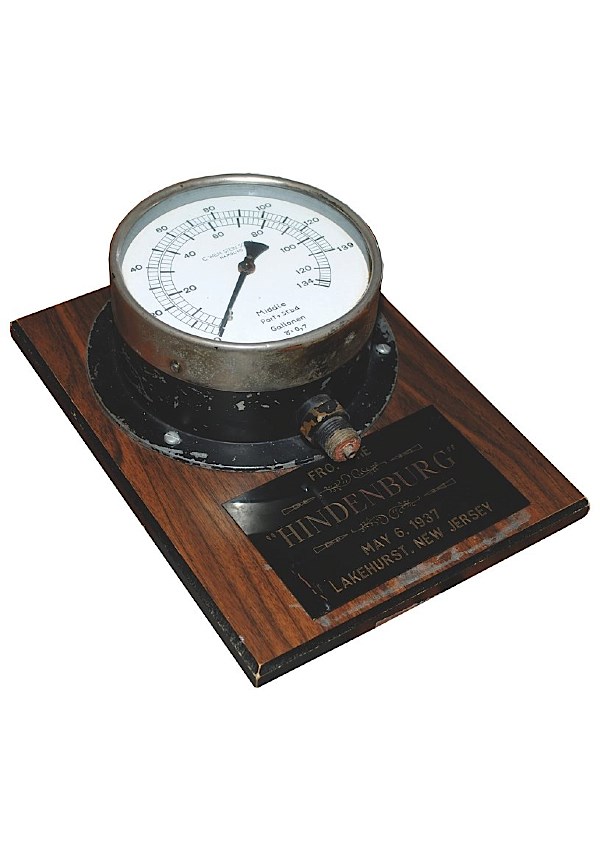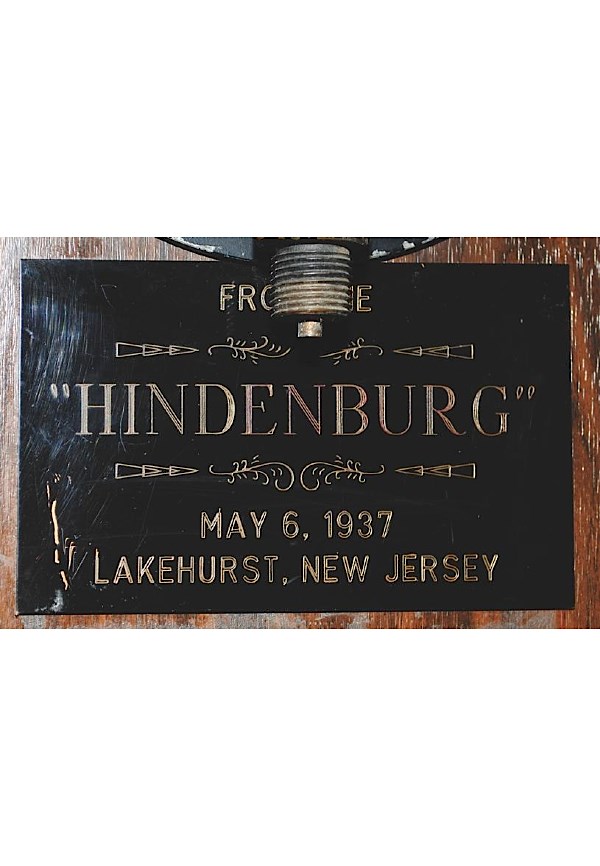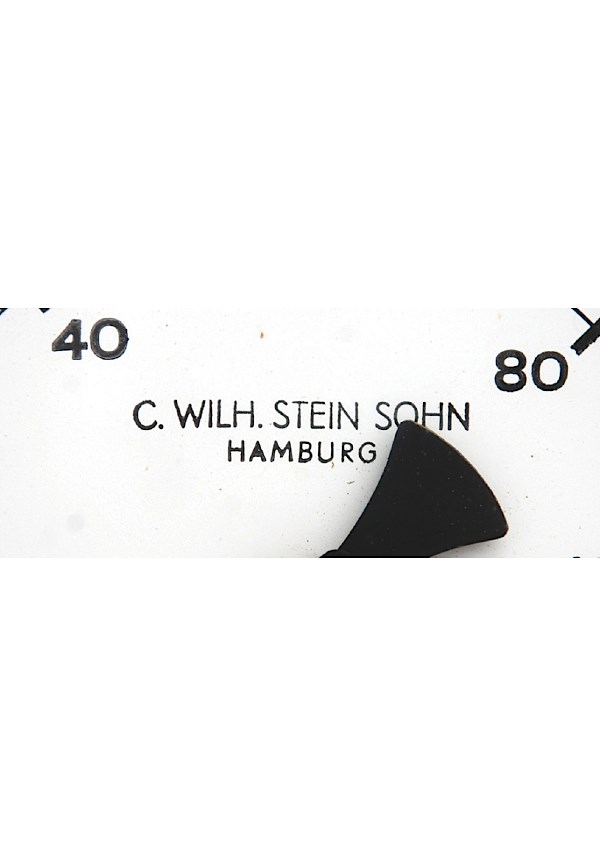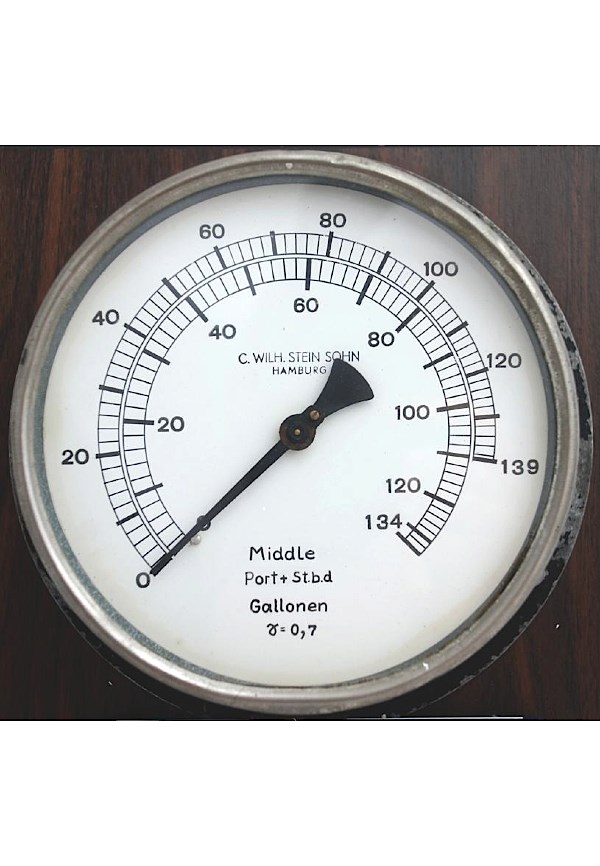Surviving Gauge From the Hindenburg
The Hindenburg Cockpit Gauge: A Testament to Aviation History
An Icon of Aviation’s Golden Age
The LZ 129 Hindenburg, named after the esteemed President of Germany, Paul Von Hindenburg, stands as a monumental achievement in the annals of aviation history. As the lead ship of its class, the Hindenburg was the largest flying machine ever constructed, a marvel of engineering that first took to the skies in March 1936. This majestic airship embarked on numerous transatlantic journeys, including seven round trips to Rio de Janeiro and ten to New York, capturing the imagination of the world.
A Historic Artifact from a Legendary Airship
Among the relics of this legendary airship is a cockpit gauge, a piece that embodies the spirit and innovation of its time. Measuring 3 inches tall by 6 inches in diameter, this gauge is a testament to the meticulous craftsmanship of its era. The white face of the gauge features two rows of gradients scaling from 0-139 and 0-134, with a central dial arm. The face proudly bears the inscription “C. WILH. STEIN SOHN, HAMBURG,” along with “Port + St.b.d., Gallonen (small gamma symbol)=0,7.” Encased in metal with a valve nozzle at the bottom, this gauge is mounted on a 9” x 12” wooden plaque, commemorating its origin from the Hindenburg on May 6, 1937, in Lakehurst, New Jersey.
The Tragic Legacy of the Hindenburg
The Hindenburg’s legacy is forever intertwined with the tragic events of May 6, 1937. As the airship approached the Lakehurst Naval Air Station, it was engulfed in flames within a mere 37 seconds, marking one of the most dramatic accidents in modern history. Despite the Germans’ extensive experience with hydrogen as a lifting gas, the switch from helium to hydrogen proved catastrophic. The disaster claimed the lives of 36 individuals, including 13 passengers, 22 crew members, and one ground crew member, leaving an indelible mark on the world.
A Piece of History for Collectors
- Historical Significance: Represents the pinnacle of airship engineering and the tragic Hindenburg disaster.
- Unique Provenance: Directly linked to the Hindenburg, adding a layer of historical intrigue.
- Condition and Craftsmanship: Despite some wear and chipping on the body casing, the glass and dial remain pristine.
- Commemorative Plaque: Mounted on wood with a plaque detailing its origin, enhancing its collectible value.
This cockpit gauge is not merely an artifact; it is a tangible connection to a bygone era of aviation. For collectors and enthusiasts, it offers a rare opportunity to own a piece of history that transcends time. As we reflect on the legacy of the Hindenburg, this gauge serves as a poignant reminder of both the triumphs and tragedies of human innovation.
For those interested in exploring more about aviation and historical memorabilia, consider visiting our sports memorabilia auctions page. Additionally, if you have your own piece of history to share, you might consider our consignment services to bring your treasures to a wider audience. Whether you are looking to sell historical items or seek an appraisal for your collectibles, Grey Flannel Auctions is here to assist you in preserving and celebrating history.
* This text was generated from the original auction listing.




